Is a tooth beyond repair, leaving you worried about your oral health and finances? At savewhere.net, we understand the concerns that come with facing potential tooth extraction. This comprehensive guide explores the situations When A Tooth Cannot Be Saved, providing insights into dental care, tooth replacement options, and smart ways to manage your dental expenses. Discover options like implants, bridges, or dentures, and learn about affordable dental solutions to keep your smile healthy and your wallet happy.
1. What Circumstances Lead to a Tooth Being Unsavable?
A tooth might be deemed unsavable due to several critical issues. These include extensive damage from dental injuries, severe tooth decay, advanced gum disease, recurring infections, problems with wisdom teeth, or as part of a broader dental treatment strategy. Early detection and intervention can often prevent a tooth from reaching this point, highlighting the importance of regular dental check-ups and good oral hygiene.
1.1. Dental Injuries: When Impact Leads to Extraction
 Damaged tooth from dental injury
Damaged tooth from dental injury
Dental injuries, resulting from sports accidents, falls, or other trauma, can lead to teeth cracking, fracturing, or even being completely knocked out. While dentists can often repair chipped or cracked teeth using bonding or crowns, a severely damaged tooth might necessitate removal to prevent further complications. Wearing custom-fitted mouthguards during sports and high-impact activities is crucial for preventing such injuries. According to the American Dental Association, mouthguards can prevent over 200,000 oral injuries each year.
1.2. Severe Tooth Decay: Reaching the Point of No Return
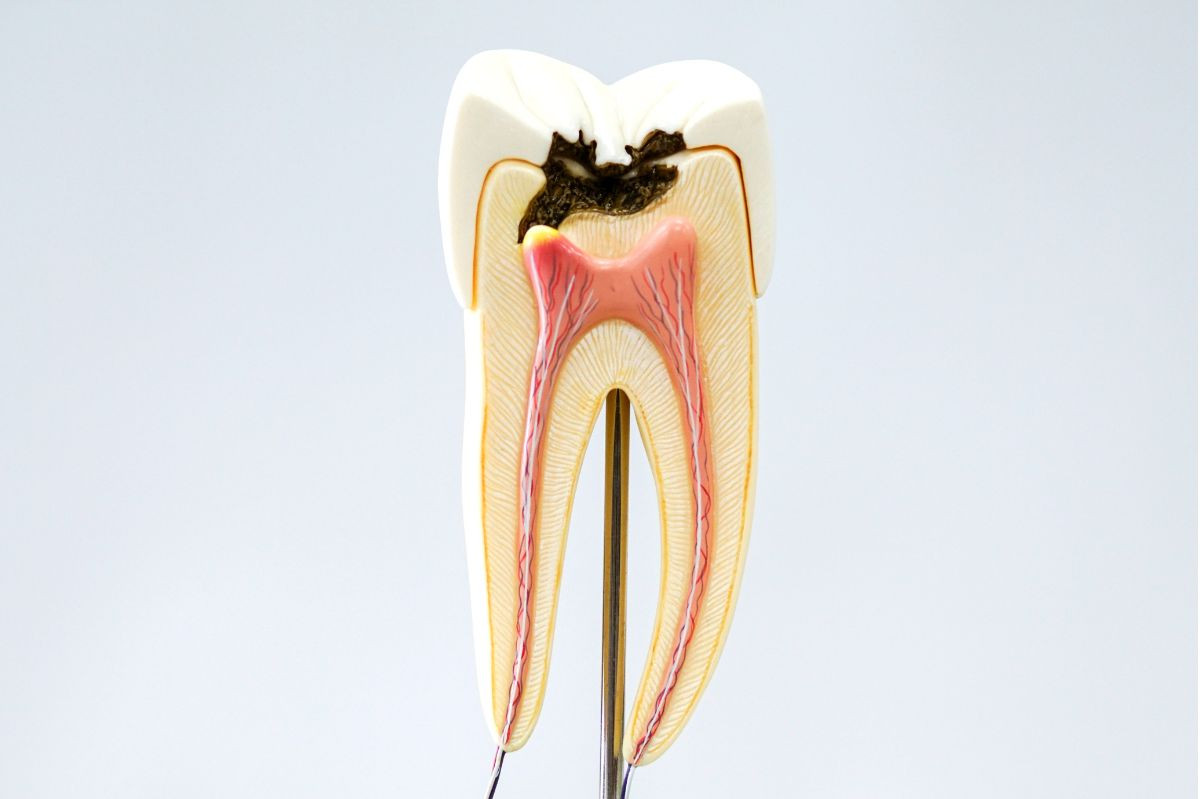 Severe tooth decay leading to potential extraction
Severe tooth decay leading to potential extraction
Tooth decay, a common dental problem, arises from bacteria in plaque producing acids that erode the tooth surface. Early cavities can be treated with fillings, but if decay progresses unchecked, it can lead to extensive damage requiring more significant interventions or extraction. Preventing tooth decay involves maintaining a rigorous oral hygiene routine, including regular brushing, flossing, and dental check-ups. The National Institute of Dental and Craniofacial Research emphasizes that preventive measures are key to avoiding severe tooth decay.
1.3. Gum Disease: How Periodontal Issues Can Cost You Your Teeth
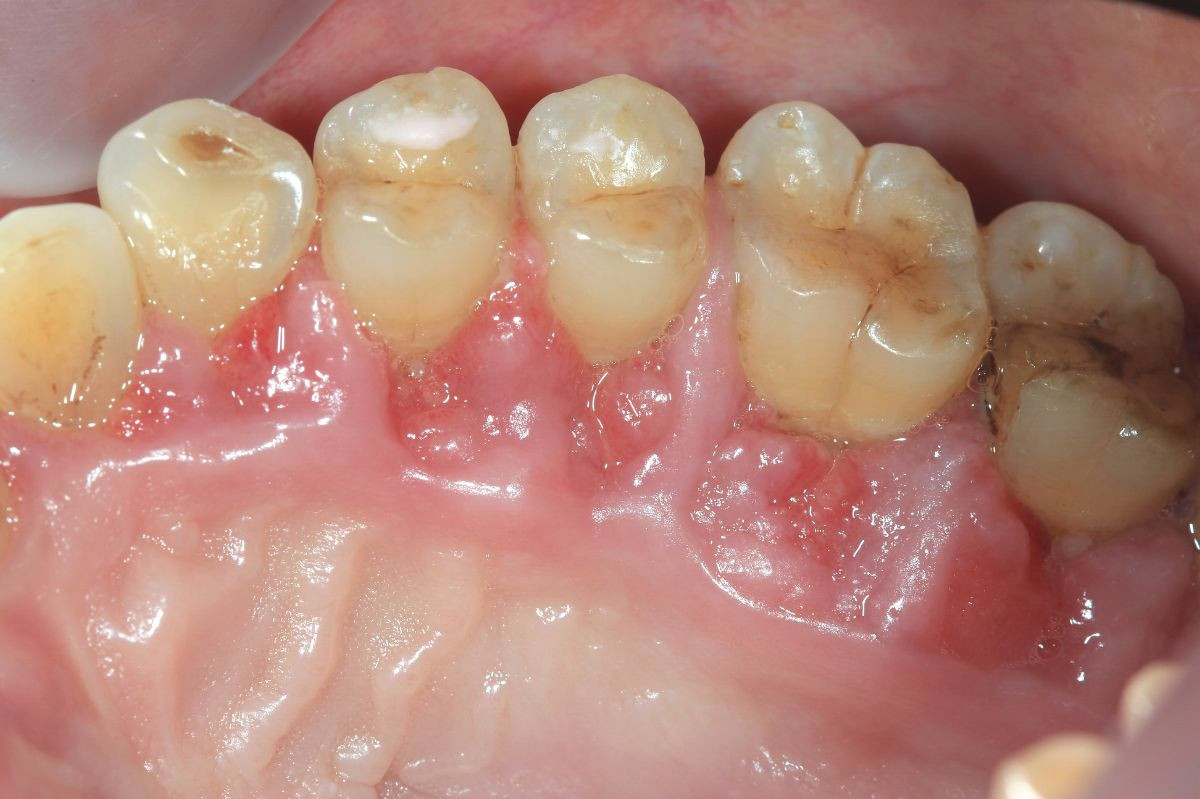 Advanced gum disease affecting tooth support
Advanced gum disease affecting tooth support
Gum disease, also known as periodontal disease, is caused by plaque buildup that affects the gums and bone supporting the teeth. In its early stages (gingivitis), it’s reversible with good oral hygiene. However, advanced gum disease (periodontitis) can weaken gum tissue and bone, leading to tooth loosening and potential loss. Periodontal treatment can manage the condition if caught early, but severely weakened teeth might need removal. The Centers for Disease Control and Prevention (CDC) reports that nearly half of adults aged 30 and older show signs of gum disease, highlighting the importance of early treatment.
1.4. Severe or Recurring Tooth Infection: When Root Canal Isn’t Enough
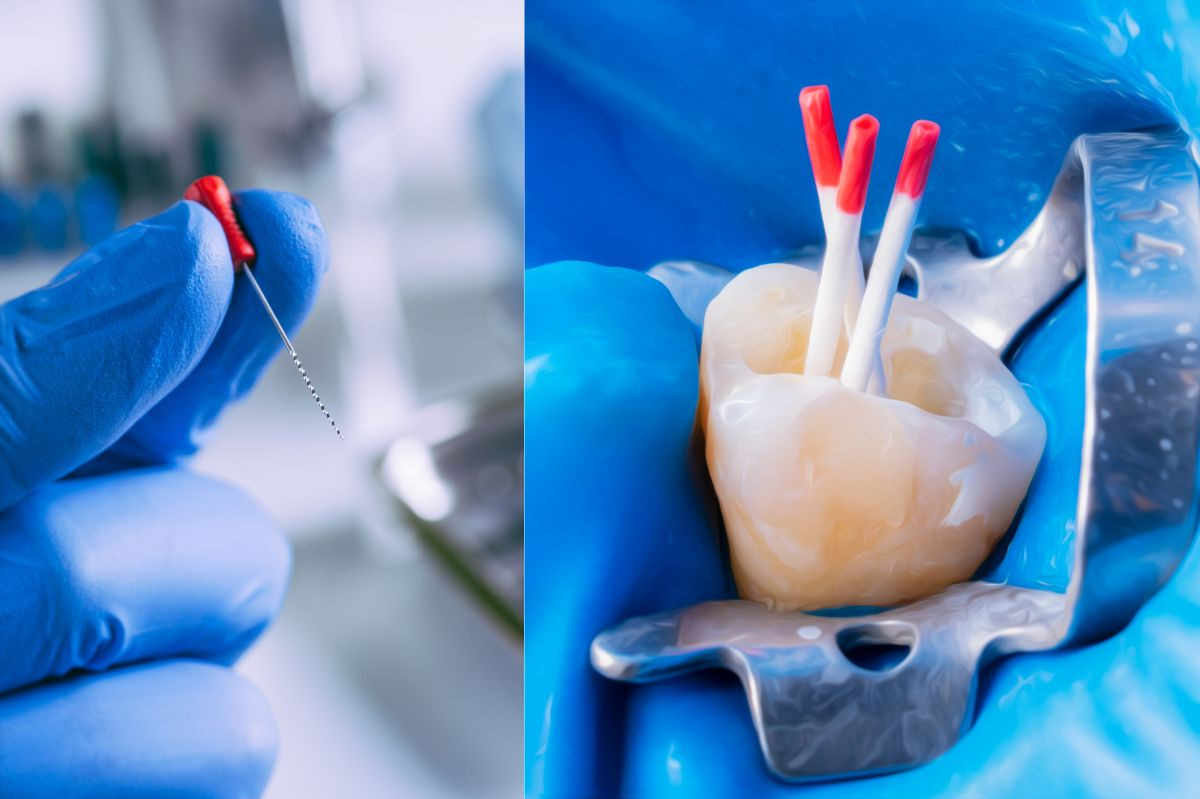 Tooth infection requiring potential extraction
Tooth infection requiring potential extraction
When tooth decay or damage reaches the tooth’s pulp, it can cause infection. Root canal therapy can usually remove the infected pulp and save the tooth, followed by a crown to reinforce it. However, if the infection is too severe or recurs, extraction might be necessary to prevent the infection from spreading. Modern root canal therapy is typically no more painful than getting a filling, making it a viable option for many infected teeth.
1.5. Wisdom Tooth Problems: Impacted or Misaligned Teeth
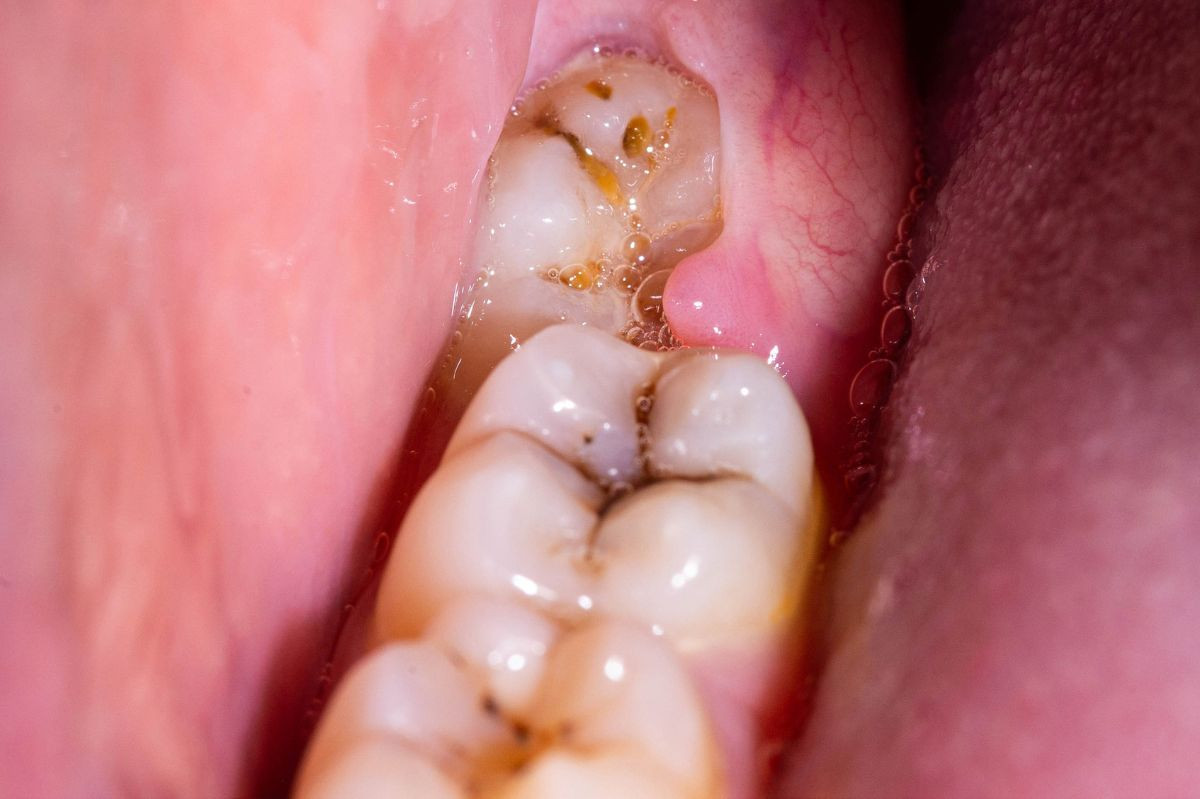 Impacted wisdom tooth causing problems
Impacted wisdom tooth causing problems
Wisdom teeth, the last teeth to erupt, often develop problems such as impaction or misalignment. Impacted wisdom teeth are trapped in the gum, while misaligned ones grow at incorrect angles, leading to pain, infections, and displacement of surrounding teeth. Dentists often recommend wisdom teeth removal to prevent these complications. In some cases, minor procedures or antibiotics might address the issue, but extraction remains a common solution.
2. What Happens If You Don’t Remove A Bad Tooth?
Failing to remove a tooth that is severely compromised can lead to a cascade of detrimental effects on your overall health. Neglecting to extract a badly damaged or infected tooth can lead to persistent pain, spreading infection, damage to adjacent teeth, bone loss in the jaw, and systemic health issues. Addressing dental problems promptly is essential for maintaining overall well-being and preventing further complications.
2.1. Persistent Pain and Discomfort
An infected or severely damaged tooth can cause chronic pain, affecting your ability to eat, sleep, and concentrate. This persistent discomfort significantly reduces your quality of life.
2.2. Risk of Spreading Infection
Infections from a bad tooth can spread to surrounding tissues and even to other parts of the body. This can lead to serious health issues, including sepsis, a life-threatening condition.
2.3. Damage to Adjacent Teeth
A compromised tooth can affect the alignment and health of neighboring teeth. It may cause them to shift, become misaligned, or increase the risk of decay and gum disease.
2.4. Bone Loss in the Jaw
When a tooth is missing or severely infected, the surrounding bone can deteriorate over time. This bone loss can affect the stability of other teeth and the overall structure of your jaw.
2.5. Systemic Health Issues
Oral infections have been linked to various systemic health problems, including heart disease, diabetes, and respiratory infections. Removing a severely infected tooth can reduce the risk of these complications. The Mayo Clinic emphasizes the connection between oral health and overall health, recommending prompt treatment of dental issues to prevent systemic problems.
3. What Are The Consequences Of Ignoring Missing Teeth?
Ignoring missing teeth can have significant long-term consequences beyond just the aesthetics of your smile. These include shifting of adjacent teeth, bite problems, bone loss in the jaw, difficulty with chewing and speech, and changes in facial appearance. Addressing missing teeth promptly with appropriate replacement options is essential for maintaining oral health and overall quality of life.
3.1. Shifting of Adjacent Teeth
When a tooth is missing, the adjacent teeth can shift into the empty space. This misalignment can cause bite problems, make it harder to clean between teeth, and increase the risk of decay and gum disease.
3.2. Bite Problems
Missing teeth can alter your bite, leading to uneven pressure distribution and potential temporomandibular joint (TMJ) disorders. These bite problems can cause pain, headaches, and difficulty chewing.
3.3. Bone Loss in the Jaw
The jawbone requires stimulation from teeth to maintain its density. When a tooth is missing, the bone in that area can deteriorate over time, affecting the stability of other teeth and potentially altering your facial structure.
3.4. Difficulty with Chewing and Speech
Missing teeth can make it difficult to chew food properly, leading to digestive issues. They can also affect your speech, causing lisps or other articulation problems.
3.5. Changes in Facial Appearance
Multiple missing teeth can cause the cheeks to sink in, leading to a prematurely aged appearance. Replacing missing teeth can restore your facial structure and improve your overall appearance.
4. What Are the Options for Replacing a Tooth?
Tooth replacement is crucial for maintaining oral health and overall well-being. Common tooth replacement options include dental implants, dental bridges, and dentures. Each option has its benefits and considerations, making it important to discuss with your dentist to determine the best solution for your specific needs and budget.
4.1. Dental Implants: The Gold Standard for Tooth Replacement
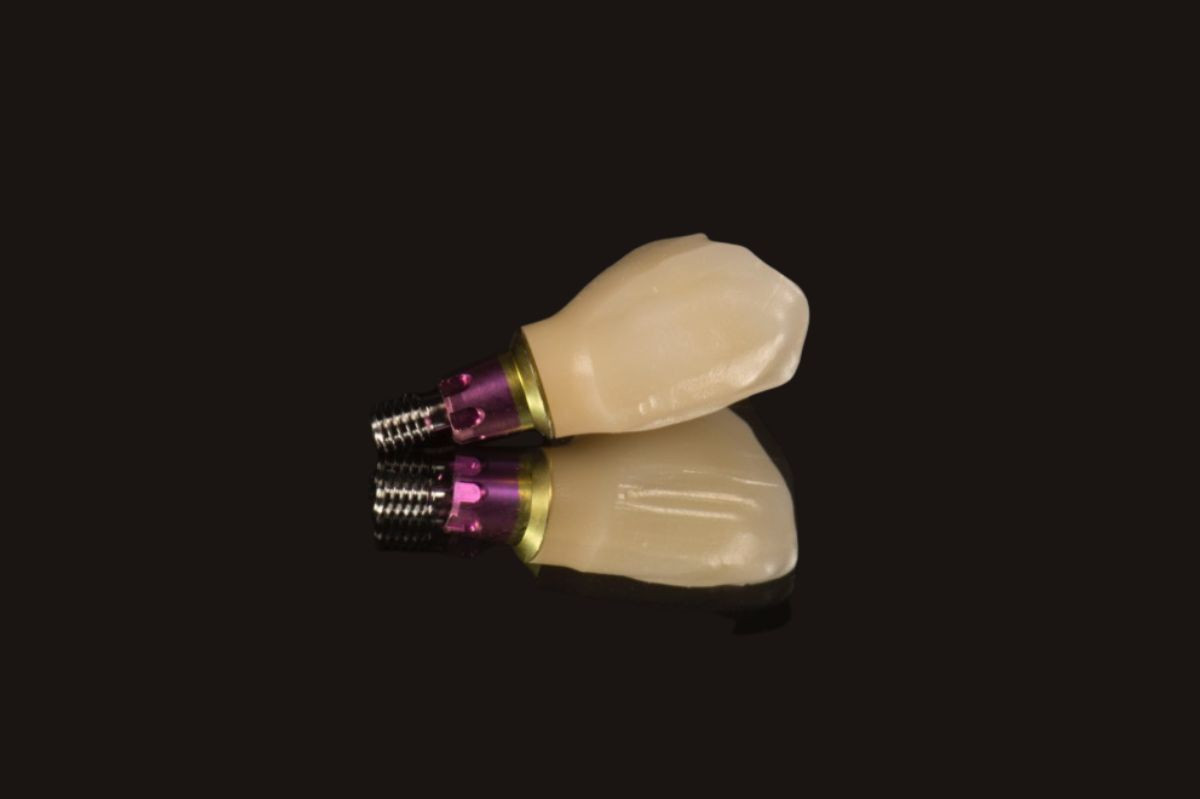 Dental implant replacing a missing tooth
Dental implant replacing a missing tooth
Dental implants are considered the gold standard for tooth replacement due to their stability, longevity, and natural feel. An implant is a titanium post surgically placed into the jawbone, serving as a root for a replacement tooth. Implants can support a single crown, a bridge, or even a full set of dentures. They prevent bone loss, provide excellent support, and can last a lifetime with proper care. According to the American Academy of Implant Dentistry, dental implants have a success rate of over 95%.
4.2. Dental Bridges: A Fixed Solution to Fill the Gap
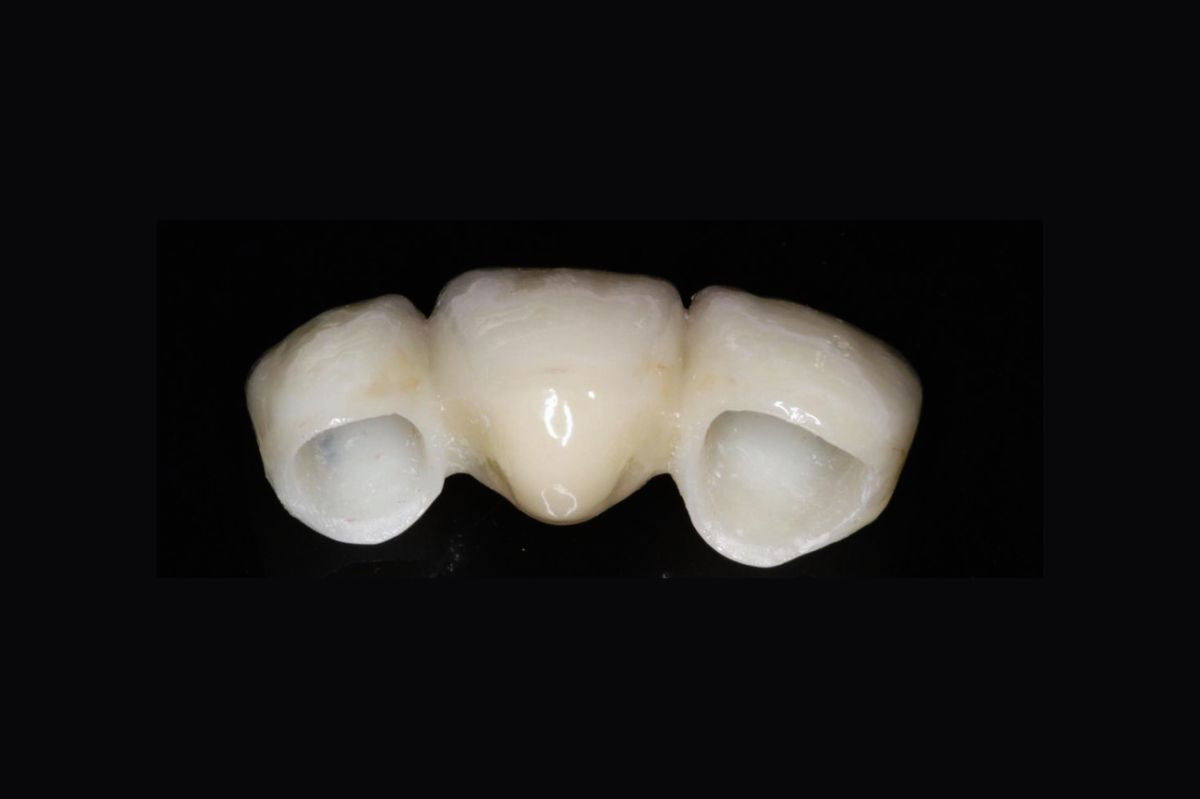 Dental bridge filling a gap between teeth
Dental bridge filling a gap between teeth
A dental bridge is a fixed prosthetic used to fill a gap between teeth. It consists of one or more artificial teeth (pontics) anchored to adjacent teeth with crowns. Bridges are a more affordable option than implants and can restore your smile and bite. However, they require altering the adjacent teeth and do not prevent bone loss in the jaw.
4.3. Dentures: A Removable and Affordable Option
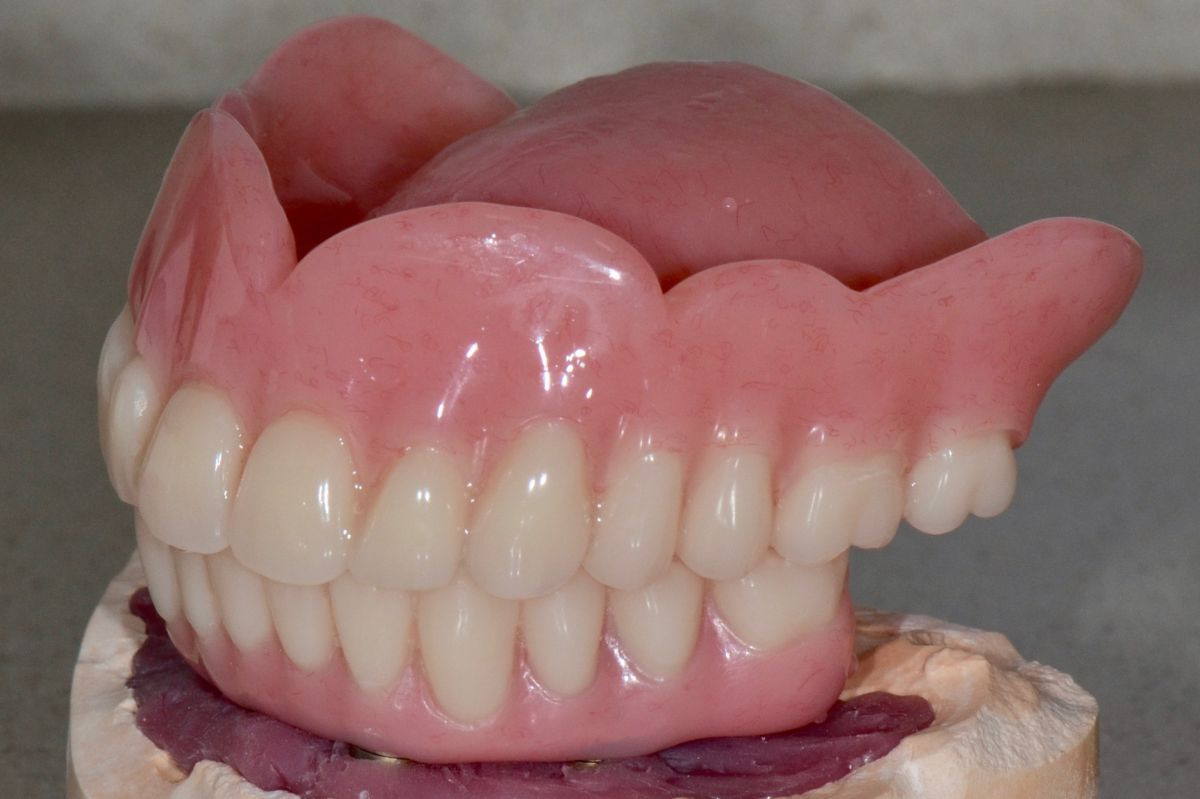 Full set of dentures
Full set of dentures
Dentures are removable appliances used to replace missing teeth. They can be full dentures, replacing all teeth in an arch, or partial dentures, replacing a few missing teeth. Dentures are a more affordable option for replacing multiple teeth but may not provide the same stability and comfort as implants or bridges. They require regular cleaning and adjustments to maintain a proper fit.
5. How Can You Prevent Tooth Loss?
Preventing tooth loss involves diligent oral hygiene practices, regular dental check-ups, and addressing dental issues promptly. Maintaining a healthy lifestyle, including a balanced diet and avoiding smoking, also plays a crucial role in preventing tooth loss. Proactive care is key to preserving your natural teeth and maintaining a healthy smile.
5.1. Maintain Excellent Oral Hygiene
Brushing your teeth at least twice a day with fluoride toothpaste and flossing daily are essential for removing plaque and preventing tooth decay and gum disease. Using an antimicrobial mouthwash can also help reduce bacteria in your mouth.
5.2. Schedule Regular Dental Check-Ups
Regular dental visits allow your dentist to detect and treat dental problems early, before they lead to tooth loss. Professional cleanings remove plaque and tartar buildup, reducing the risk of decay and gum disease.
5.3. Address Dental Issues Promptly
If you notice any dental problems, such as pain, sensitivity, or bleeding gums, see your dentist as soon as possible. Early treatment can often prevent more serious issues and potential tooth loss.
5.4. Maintain a Healthy Lifestyle
A balanced diet, low in sugar and high in nutrients, supports strong teeth and gums. Avoiding smoking and excessive alcohol consumption also reduces the risk of tooth loss.
6. Are There Affordable Options If A Tooth Cannot Be Saved?
Facing a tooth extraction can be stressful, especially when considering the costs of replacement options. However, several affordable options are available to restore your smile and maintain oral health. These include exploring dental insurance plans, considering dental schools or community clinics, discussing payment plans with your dentist, and utilizing discount dental programs. savewhere.net is dedicated to helping you find these cost-effective solutions in Atlanta and beyond.
6.1. Explore Dental Insurance Plans
Dental insurance can significantly reduce the cost of tooth extraction and replacement. Different plans offer varying levels of coverage, so it’s essential to research and choose one that fits your needs and budget. Some plans may have waiting periods or annual limits, so be sure to understand the terms before enrolling.
6.2. Consider Dental Schools or Community Clinics
Dental schools and community clinics often offer dental services at reduced costs. These facilities provide valuable training opportunities for dental students while offering affordable care to the community. The quality of care is typically high, as students are supervised by experienced dentists.
6.3. Discuss Payment Plans with Your Dentist
Many dental offices offer payment plans to help patients manage the cost of treatment. These plans may involve monthly installments or financing options, making it easier to afford necessary dental procedures. Discuss your financial concerns with your dentist and explore available payment options.
6.4. Utilize Discount Dental Programs
Discount dental programs, also known as dental savings plans, offer reduced rates on dental services in exchange for an annual membership fee. These programs can provide significant savings on extractions, replacements, and other dental procedures. savewhere.net can help you find reputable discount dental programs in your area.
6.5. Savewhere.net Can Help You Find Affordable Dental Care
At savewhere.net, we’re committed to helping you find affordable dental care options. Our website offers resources and information on dental insurance, discount programs, and community clinics. We also provide tips on saving money on dental care and managing your dental expenses. Visit savewhere.net to explore these resources and start saving today.
7. How Does Savewhere.Net Help You Save On Dental Care?
Savewhere.net is your go-to resource for finding affordable dental care solutions in the USA, especially in areas like Atlanta where cost of living can be high. We provide a comprehensive platform offering access to dental insurance options, discounts at local dental clinics, and smart financial planning tips to make necessary procedures like tooth replacements more accessible. Savewhere.net is dedicated to helping you maintain your oral health without breaking the bank.
7.1. Access to Dental Insurance Options
Savewhere.net provides a directory of dental insurance providers in your area, allowing you to compare plans and find one that fits your needs and budget. Our listings include details on coverage, premiums, and deductibles, helping you make an informed decision.
7.2. Discounts at Local Dental Clinics
We partner with local dental clinics to offer exclusive discounts to our users. These discounts can help you save money on a variety of dental services, including extractions, replacements, and routine check-ups.
7.3. Financial Planning Tips
Savewhere.net offers practical tips on managing your dental expenses and planning for future dental care needs. Our resources include budgeting advice, information on payment plans, and strategies for maximizing your dental insurance benefits.
7.4. Community and Support
Join the savewhere.net community to connect with others who are also looking for affordable dental care solutions. Share tips, ask questions, and get support from fellow members. Together, we can make quality dental care accessible to everyone.
Address: 100 Peachtree St NW, Atlanta, GA 30303, United States.
Phone: +1 (404) 656-2000
Website: savewhere.net
8. What Are The Signs That Indicate A Tooth Needs Extraction?
Knowing when a tooth needs extraction can save you from prolonged pain and potential health complications. Key indicators include severe and persistent pain, significant tooth mobility, advanced decay that cannot be restored, recurring infections around the tooth, fractures extending below the gum line, and certain wisdom tooth complications. If you experience any of these signs, consult your dentist promptly for a thorough evaluation.
8.1. Severe and Persistent Pain
Unrelenting pain, especially if it’s not relieved by over-the-counter pain medication, can indicate a serious problem requiring extraction. The pain may be caused by deep decay, infection, or nerve damage.
8.2. Significant Tooth Mobility
A tooth that is excessively loose is a sign of advanced gum disease or bone loss. If the supporting structures of the tooth are severely compromised, extraction may be the only viable option.
8.3. Advanced Decay That Cannot Be Restored
When decay has destroyed a significant portion of the tooth structure, it may not be possible to save the tooth with fillings, crowns, or root canal therapy. In such cases, extraction is often recommended.
8.4. Recurring Infections Around The Tooth
Repeated infections, such as abscesses, indicate that the tooth is severely compromised and cannot be effectively treated with antibiotics or root canal therapy. Extraction is necessary to eliminate the source of infection.
8.5. Fractures Extending Below The Gum Line
Fractures that extend deep below the gum line are often impossible to repair. These fractures can cause pain, infection, and instability, making extraction the most practical solution.
8.6. Wisdom Tooth Complications
Impacted or misaligned wisdom teeth can cause a variety of problems, including pain, infection, damage to adjacent teeth, and cyst formation. In many cases, extraction is recommended to prevent these complications.
9. What Is The Tooth Extraction Process Like?
The tooth extraction process typically involves several steps to ensure patient comfort and safety. These include initial consultation and examination, local anesthesia, extraction procedure, post-extraction care, and follow-up appointments. Understanding each step can help alleviate anxiety and prepare you for a smooth experience.
9.1. Initial Consultation and Examination
Your dentist will conduct a thorough examination, including X-rays, to assess the condition of the tooth and surrounding tissues. They will discuss the reasons for extraction, potential risks, and alternative treatment options.
9.2. Local Anesthesia
Before the extraction, your dentist will administer local anesthesia to numb the area around the tooth. This ensures that you will not feel pain during the procedure. In some cases, sedation may be used to help you relax.
9.3. Extraction Procedure
The dentist uses specialized instruments to loosen the tooth and carefully remove it from the socket. In some cases, the tooth may need to be sectioned into smaller pieces for easier removal.
9.4. Post-Extraction Care
After the extraction, your dentist will provide instructions on how to care for the extraction site. This may include applying pressure with gauze to stop bleeding, taking pain medication, and avoiding certain foods and activities.
9.5. Follow-Up Appointments
Your dentist may schedule a follow-up appointment to monitor healing and ensure that there are no complications. They will also discuss tooth replacement options, if necessary.
10. What Are The Post-Extraction Care Instructions?
Proper post-extraction care is essential for promoting healing and preventing complications. Key instructions include managing bleeding, controlling pain, preventing infection, maintaining oral hygiene, and following dietary guidelines. Adhering to these guidelines can help ensure a smooth and comfortable recovery.
10.1. Managing Bleeding
Apply pressure to the extraction site with gauze for 30-45 minutes. If bleeding persists, replace the gauze and continue applying pressure. Avoid spitting, rinsing vigorously, or using straws, as these can dislodge the blood clot and cause further bleeding.
10.2. Controlling Pain
Take pain medication as prescribed by your dentist. Over-the-counter pain relievers, such as ibuprofen or acetaminophen, can also help manage discomfort. Applying ice packs to your face can reduce swelling and pain.
10.3. Preventing Infection
Follow your dentist’s instructions for rinsing your mouth with saltwater. This helps keep the extraction site clean and prevents infection. Avoid touching the extraction site with your fingers or tongue.
10.4. Maintaining Oral Hygiene
Continue to brush and floss your teeth, but be gentle around the extraction site. Avoid brushing directly over the site for the first few days. Use an antimicrobial mouthwash to help keep the area clean.
10.5. Following Dietary Guidelines
Eat soft foods that are easy to chew, such as soup, yogurt, and mashed potatoes. Avoid hard, crunchy, or sticky foods that can irritate the extraction site. Drink plenty of fluids to stay hydrated.
FAQ: Addressing Your Concerns About Unsavable Teeth
1. How do I know if my tooth can’t be saved?
Your dentist will assess the tooth’s condition through examination and X-rays. Signs include severe decay, significant bone loss, or a fracture extending below the gumline.
2. Is it painful to have a tooth extracted?
With local anesthesia, you shouldn’t feel pain during the extraction. You may experience some discomfort afterward, which can be managed with pain medication.
3. What are the risks of tooth extraction?
Risks include bleeding, infection, dry socket, and damage to adjacent teeth. Your dentist will take precautions to minimize these risks.
4. How long does it take to recover from a tooth extraction?
Recovery typically takes 7-10 days. Follow your dentist’s post-extraction care instructions to promote healing.
5. What are the best options for replacing a missing tooth?
Dental implants, bridges, and dentures are common options. Your dentist can help you choose the best solution based on your needs and budget.
6. How much does tooth replacement cost?
Costs vary depending on the replacement option. Dental implants are generally more expensive than bridges or dentures.
7. Can I prevent tooth loss?
Yes, maintain good oral hygiene, schedule regular dental check-ups, and address dental issues promptly.
8. Are there affordable dental care options available?
Yes, explore dental insurance, dental schools, community clinics, and discount dental programs.
9. How does savewhere.net help me save on dental care?
Savewhere.net provides resources on dental insurance, discounts at local clinics, and financial planning tips.
10. What happens if I don’t replace a missing tooth?
Adjacent teeth can shift, leading to bite problems, bone loss, and changes in facial appearance.
Navigating the complexities of dental health can be daunting, especially when faced with the possibility of a tooth extraction. At savewhere.net, we aim to provide you with the resources and information you need to make informed decisions about your oral health and finances. Remember, proactive care, affordable solutions, and a supportive community are key to maintaining a healthy and confident smile. Visit savewhere.net today to explore your options and take control of your dental health journey.


